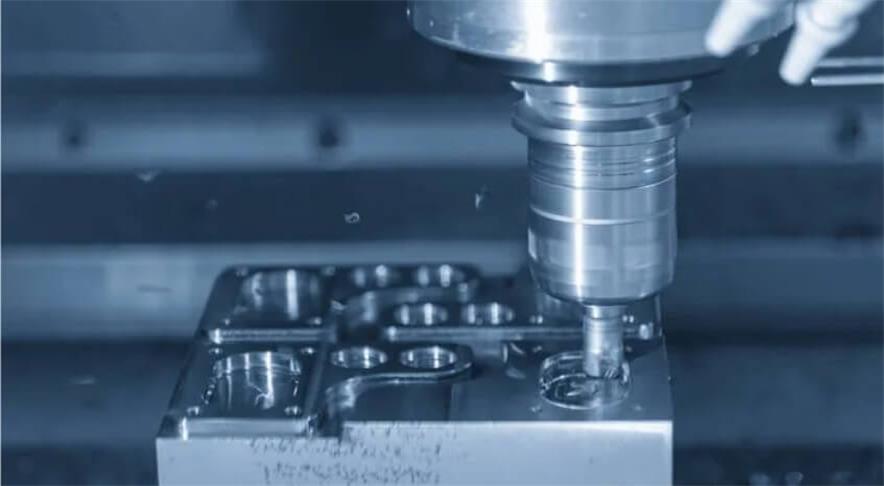What is a solenoid valve: On the application of CNC machining technology in the manufacturing of solenoid valve parts
What is a solenoid valve? A solenoid valve is an industrial device controlled by electromagnetics and is a basic component of automation. It controls the movement of the valve core by energizing or de-energizing the electromagnet coil, thereby adjusting the direction, flow rate, speed and other parameters of the fluid (such as liquid or gas), and is widely used in industrial control systems.
As one of the core technologies of modern manufacturing, CNC machining technology plays a vital role in the manufacturing of solenoid valve parts. This article will introduce “what is a solenoid valve” in detail, and separate its components to explore how solenoid valve parts are produced and processed, as well as the application of CNC machining technology in its parts manufacturing.
1.What is a solenoid valve – Overview of the importance of solenoid valves
(1) Automation control core:
Solenoid valves control the on and off of fluids through electrical signals to achieve automated regulation. They are widely used in industrial production and improve production efficiency.
(2) Ensure safety:
In the fields of gas, petroleum, and chemical industry, solenoid valves can accurately control gas flow, prevent leakage, and avoid accidents such as fire and explosion.
(3) Enhanced comfort:
In civil facilities, such as heating and air conditioning systems, solenoid valves ensure stable operation of equipment and improve user comfort.
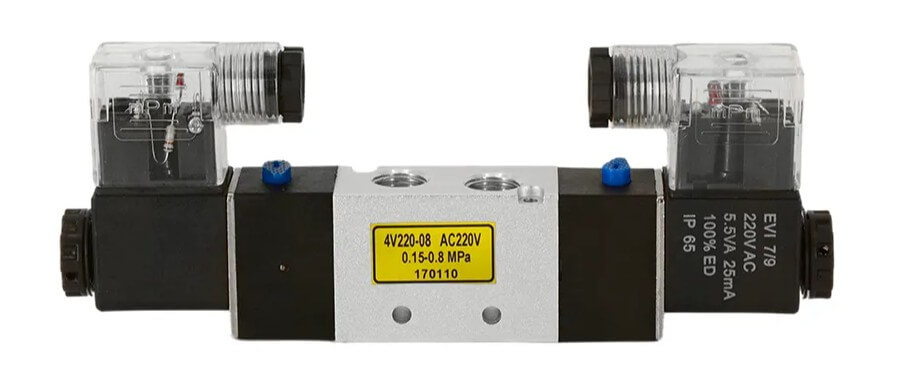
2.Overview of CNC machining technology
CNC machining technology, namely computer digital control machining technology, is a method of automated machining by controlling machine tools through computer programs. CNC machine tools can automatically complete various complex machining operations such as turning, milling, drilling, tapping, etc. according to preset programs. Compared with traditional manual machine tools, CNC machining technology has the characteristics of high precision, high efficiency, high degree of automation and strong adaptability, and is widely used in various parts processing with high precision requirements.
3.What is a solenoid valve – characteristics and challenges of solenoid valve parts manufacturing
What is a solenoid valve? The solenoid valve is mainly composed of valve body, valve core, spring, electromagnet and other parts. Its structure is complex and the machining accuracy requirements are high. In particular, the dimensional accuracy, surface roughness and geometric tolerance of key parts such as valve body and valve core directly affect the sealing performance, response speed and life of the solenoid valve. Therefore, in the manufacturing process of solenoid valve parts, the following challenges are faced:
(1) Complex shape processing:
Solenoid valve parts usually have complex geometric shapes, such as special-shaped holes and curved surfaces. Traditional processing methods are difficult to achieve precise processing of these complex shapes.
(2) High precision requirements:
Solenoid valve parts need to achieve micron-level dimensional accuracy and surface roughness. Among them, valve bodies, valve cores and other parts usually need to process high-precision hole systems.
(3) Material diversity:
Solenoid valve parts are made of a wide variety of materials, including stainless steel, brass, engineering plastics, etc. The processing characteristics of different materials vary greatly, which puts higher requirements on processing technology.
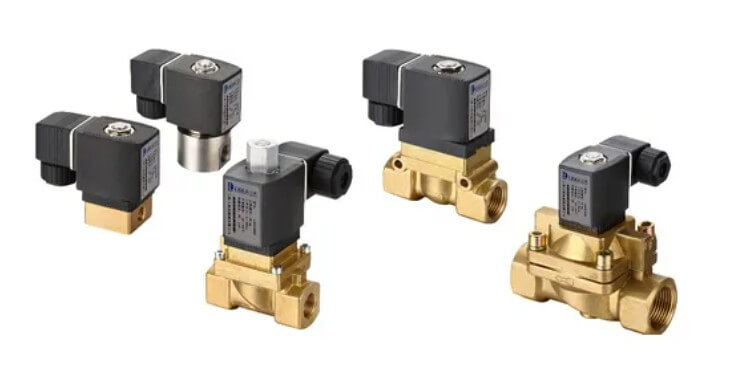
(4) Production efficiency:
With the continuous expansion of the application field of solenoid valves, the market has put forward higher requirements on their production efficiency. Traditional processing methods are inefficient and difficult to meet the needs of large-scale production.
4.The application of CNC processing technology in the manufacturing of solenoid valve parts
(1) Valve body processing
The valve body is the core component of the solenoid valve. Its internal flow channel structure is complex and requires high processing accuracy. CNC machining technology can effectively solve the problem of valve body machining.
1) CNC milling:
CNC milling machines can perform three-dimensional surface machining and are suitable for machining the flow channel inside the valve body. Through CNC programming, high-precision machining of the flow channel can be achieved to ensure that the shape and size of the flow channel meet the design requirements.
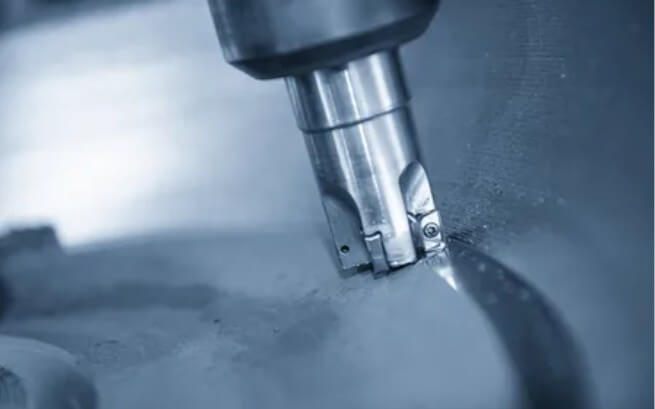
2) CNC drilling:
Multiple holes need to be machined on the valve body, such as oil inlet and outlet holes, threaded holes, etc. CNC drilling machines can perform high-precision hole machining to ensure the size and position accuracy of the holes.
(2) Valve core machining
The valve core is the moving part of the solenoid valve. Its machining accuracy and surface quality directly affect the response speed and sealing performance of the solenoid valve.
1) CNC turning:
The valve core is usually a shaft part. CNC lathes can perform high-precision turning to ensure the dimensional accuracy and surface roughness of the valve core.
2) CNC grinding:
For high-precision valve cores, grinding is also required. CNC grinding machines can perform high-precision grinding to ensure the dimensional accuracy and surface roughness of the valve core.
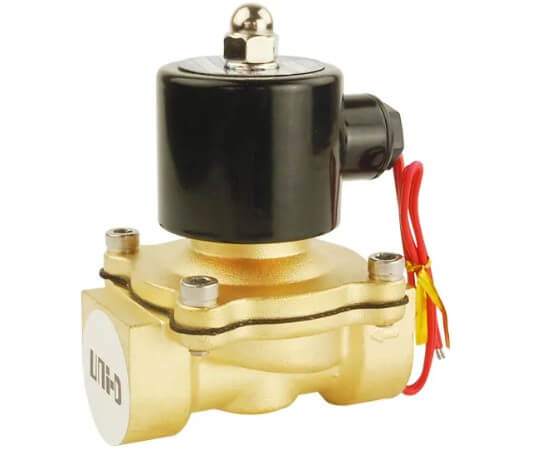
(3) Spring processing
Springs are important parts of solenoid valves. Their processing accuracy and performance directly affect the stability and reliability of the solenoid valve.
CNC spring winding machine:
CNC spring winding machine can perform high-precision spring processing to ensure the dimensional accuracy and performance of springs. Through CNC programming, automatic processing of springs of different specifications can be achieved.
(4) Electromagnet processing
Electromagnets are the power components of solenoid valves. Their processing accuracy and performance directly affect the response speed and reliability of solenoid valves.
1) CNC turning and milling:
Electromagnets are usually composed of iron cores and coils. The processing of iron cores requires CNC turning and milling to ensure the dimensional accuracy and surface quality of the iron cores.
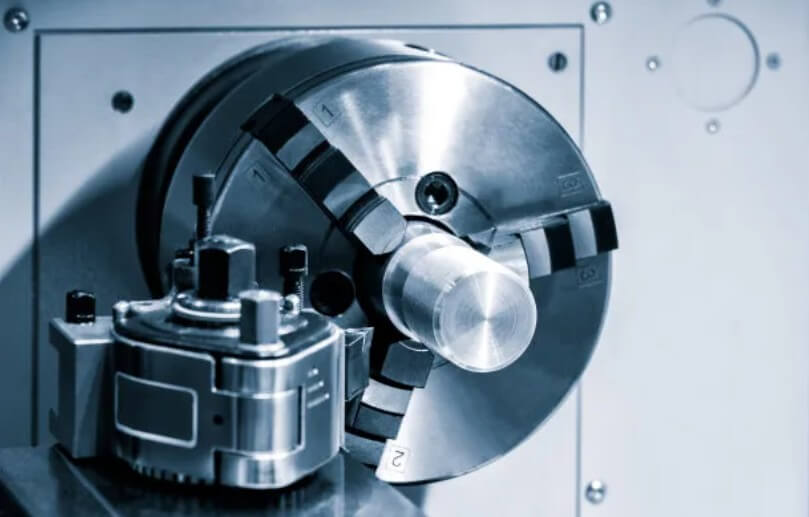
2) CNC wire cutting:
For complex-shaped electromagnet cores, CNC wire cutting is also required to ensure the shape and dimensional accuracy of the cores.
5.Analysis of practical skills for CNC machining of solenoid valve parts
(1) Reasonable selection of tools:
Select appropriate tools according to the material and processing requirements of the solenoid valve parts. For example, when machining materials with higher hardness, select carbide tools with good wear resistance, and use coating technology to increase tool life. For machining of small parts, select small diameter tools to ensure machining accuracy.
(2) Optimize machining procedures:
Optimize machining paths through reasonable programming to reduce idle tool time and tool wear. Use high-speed machining technology to improve machining efficiency and surface quality. Appropriate use of subroutines and macro programs to simplify programming and improve machining consistency.
(3) Control cutting parameters:
Reasonably set cutting speed, feed rate and cutting depth to avoid tool damage or part quality problems caused by improper parameter selection. For thin-walled parts, the cutting depth and feed rate should be appropriately reduced to prevent deformation.
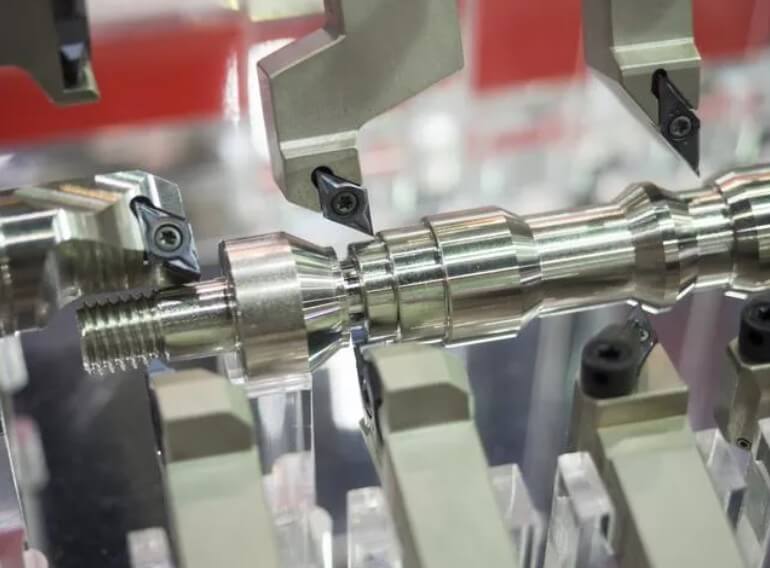
(4) Use efficient clamping methods:
Use special fixtures or combined fixtures to reduce clamping time and improve positioning accuracy. Ensure the stability of parts during processing to avoid vibration affecting processing quality.
(5) Implement online detection:
During CNC processing, use online detection equipment to monitor the key dimensions and geometric tolerances of parts in real time, timely detect and correct processing errors, and ensure the processing accuracy of parts.
(6) Do a good job of cooling and lubrication:
Select appropriate cooling and lubricating fluid and ensure that it can effectively reach the cutting part to reduce tool wear and part surface roughness. Clean the cutting area in time to prevent chip accumulation from affecting processing.
5.Summary
In summary, what is a solenoid valve? How is a solenoid valve manufactured? These questions have been answered. Because solenoid valves play a vital role in automated control systems, the application of CNC processing technology is also crucial.
